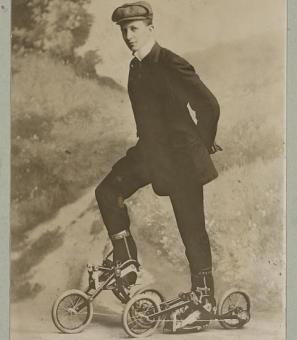President Taft Starts a Baseball Tradition in Washington, 1910
“Scan all the annals of Washington base ball as you will – go back to the very inception of the national game – there will be found no day so altogether glorious no paean of victory changed by rooters and fanatics half so sweet as that witnessed yesterday in honor of the opening of the season on 1910.” So read the Washington Post the morning after the Washington Nationals’ 3-0 season-opening victory over the Philadelphia Athletics.
The account may have been a bit rhetorical, but D.C. had reason to be excited, beyond the normal good cheer of baseball’s opening day and the happy result of the game. On April 14, 1910, the city had made history by inaugurating a now-famous tradition: the Presidential first pitch.
Indeed, the game and the pitch were the talk of the town. The Evening Star ran a front page cartoon showing the mad dash to the stadium, and an accompanying article described the scene:
“The streets leading to American League Park…. were thronged with carriages and automobiles filled with base ball fans, and the street cars looked like a sugar barrel assaulted by flies. Not only were they packed inside, but the platforms were jammed and eager humanity swarmed over the running boards of the open cars. For it is the big day on the base ball calendar."[1]
Even Congress took the afternoon off on account of the ballgame.
At American League Park (the precursor to Griffith Stadium in Shaw), every seat was occupied and fans without seats staked out spots in the standing room area behind a rope in the outfield. The President, of course, didn’t have to fight it out for a ticket. American League commissioner Ban Johnson had presented him and Vice President Sherman with passes to all league games. And so, upon arrival, the White House entourage was escorted to box seats by the field.
Washington manager Jimmy McAleer asked star pitcher Walter Johnson to serve as the honorary catcher for Taft’s toss but the shy Johnson demurred. And so, McAleer appointed Gabby Street for the honor. When the big moment arrived, however, Taft was not going to let Johnson off the hook. Rather than tossing to Street, the big man turned and fired the ball toward Johnson.[2]
“President Taft threw the first ball into the diamond and opened the season with a true presidential flourish. He did it with his good, trusty right arm and the virgin sphere scudded across the diamond as true as a die to the pitcher’s box, where Walter Johnson, also the possessor of a good trusty right arm, gathered it in and started winding up for one of his rifle shots across the plate.”[3]
The overflow crowd let out a roar and the Post complimented Taft’s “faultless delivery.”[4] Despite his initial hesitance, it seems Walter Johnson appreciated the moment as well. The next day he sent the ball to the White House with a request that the President sign it for him. Taft obliged, scrawling “To Walter Johnson, with the hope that he may continue to be as formidable as in yesterday’s game – W.H. Taft” on the ball before returning it.
Over the years, the Presidential first pitch tradition evolved. Rather than tossing the ball to a specific player as Taft had done, subsequent Presidents tossed it into a group of players who fought over it in a scrum like bridesmaids battling over the bouquet at a wedding. Scrumming gave way to the much tamer and safer first pitches we see today in the 1970s. And, while the tradition was largely a D.C. thing for many years, gradually other cities got into the act – especially after Washington’s team moved to Texas following the 1971 season.
For a nice summary of Presidential first pitches, check out Steven Goldman’s article on S.B. Nation.
Footnotes
- ^ “Taft to Toss Ball: President Will In-Person Open American League Season,” The Evening Star, 14 Apr 1910: 1.
- ^ Putnam, Christine L. “A President Inaugurates a Remarkable Tradition,” Baseball Alamanac. Accessed 13 Apr 2015.
- ^ "Taft Tosses Ball: Officiates at the Opening Game of the Season," The Washington Post, 15 Apr 1910: 2.
- ^ "Taft Tosses Ball: Officiates at the Opening Game of the Season," The Washington Post, 15 Apr 1910: 2.


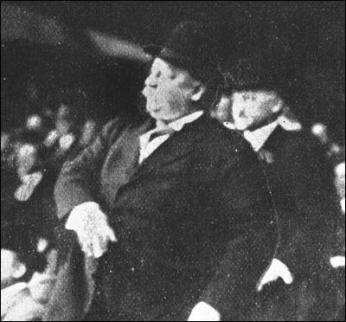
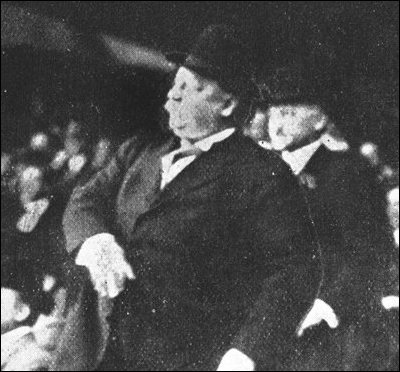
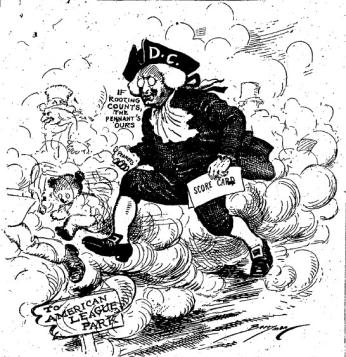
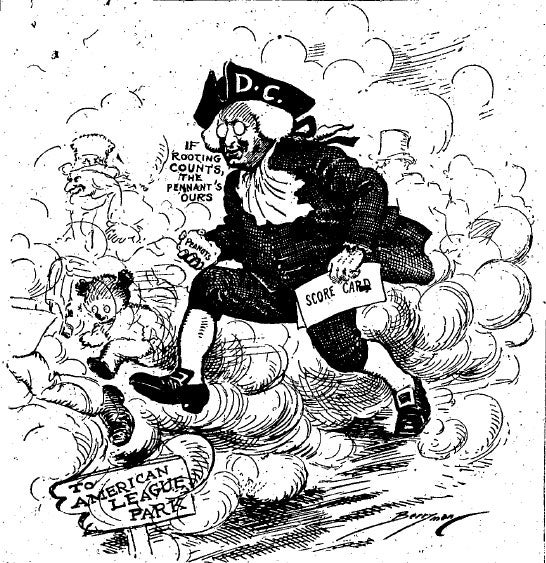
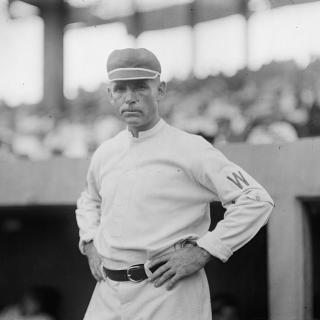
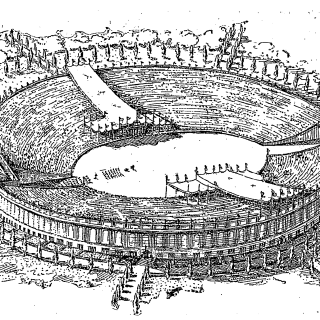
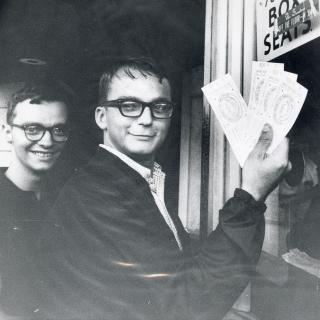
![Sketch of the mythical fuan by Pearson Scott Foresman. [Source: Wikipedia]](/sites/default/files/styles/crop_320x320/public/2023-10/Goatman_Wikipedia_Faun_2_%28PSF%29.png?h=64a074ff&itok=C9Qh-PE1)











